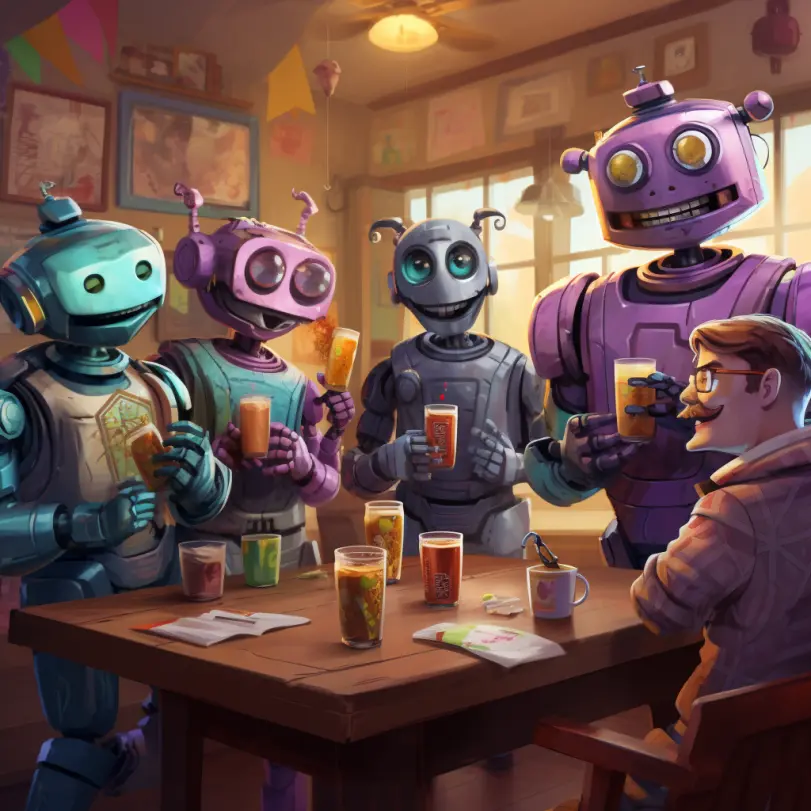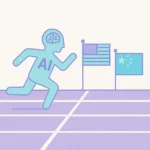The New York Times had an interesting article about the role of A.I. chatbots in college applications, I couldn’t help but ponder: Is this the beginning of an inevitable era where A.I. becomes an integral part of every student’s academic journey?
First, let’s acknowledge the elephant in the room. The rise of A.I. in our daily lives is undeniable. Whether it’s Siri assisting us with weather forecasts or Alexa managing our playlists, A.I. is here, it’s helpful, and it’s embedded in our routines. It’s only logical that this technology would trickle down to our education system. And why shouldn’t it? From smart classrooms to adaptive learning platforms, A.I. is revolutionizing the way we learn and interact with educational content.
So, when NYT highlights the increasing popularity of chatbots like ChatGPT and Bard in the college application process, it’s a sign of the times. The realm of personalized education has expanded to include personalized assistance. These tools, though not perfect, bring forward the compelling argument that perhaps A.I. can democratize the college application process, providing each student with a “personal advisor” of sorts.
However, this seamless integration of A.I. into student life isn’t without its pitfalls. The risk of misinformation, the lack of genuine personal touch, and the inherent ethical questions surrounding such use are valid concerns. If every student begins to rely on A.I. for their essays, we might end up in a landscape where genuine human experiences and stories become diluted, replaced by generic, algorithm-generated narratives.
But then, this leads me to a more optimistic line of thought. What if, instead of replacing the human touch, A.I. augments it? Just as calculators didn’t eliminate the need for mathematical skills but instead allowed us to tackle more complex problems, chatbots could guide students in structuring their thoughts, perhaps pointing out areas for enhancement or even grammar mistakes. The final narrative would still need the student’s touch – their unique experiences, hopes, and dreams.
And let’s be real: the modern student is tech-savvy. They are digital natives, navigating a world far more technologically advanced than what many of us grew up with. They’re already familiar with the wonders and pitfalls of technology. And if they aren’t using A.I. now, it’s likely just around the corner.
As educators, parents, or simply as observers of this changing educational landscape, our role is perhaps not to resist this change but to shape it. We should be guiding students on how to use these tools ethically and responsibly, reminding them of the irreplaceable value of authentic personal experience in their applications.





